What are Vue.js components? Summary of Vue.js component usage
This article mainly gives you a detailed description of the powerful Vue.js components. Components are one of the most powerful functions of Vue.js. Interested friends can refer to what components are: Components are the most powerful features of Vue.js. One of the powerful features. Components can extend HTML elements and encapsulate reusable code. At a high level, a component is a custom element to which Vue.js's compiler adds special functionality. In some cases, components can also be in the form of native HTML elements, extended with the is attribute. How to register a component? You need to use the Vue.extend method to create a component, and then use the Vue.component method to register the component. The format of the Vue.extend method is as follows: var MyComponent = Vue.extend({ // Options...will be introduced later }) If you want to use this created component elsewhere, you have to name the component: Vue.component('my-component', MyCo
1. Powerful Vue.js Detailed description of components
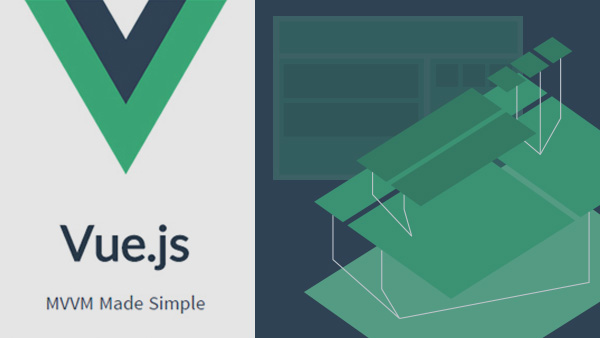
## Introduction: This article mainly introduces Vue.js components to you. The components are One of the most powerful functions of Vue.js. Interested friends can refer to
2. Vue.js component communication child component to parent component communication (Code)

Introduction: This article introduces the communication of Vue.js components from child components to parent components Communication (code)
3. Vue.js component communication from the parent component to the child parent component (code)

Introduction: This article communicates from the parent component of the Vue.js component to the child parent component (code)
4. Communication between peers of Vue.js components (code)
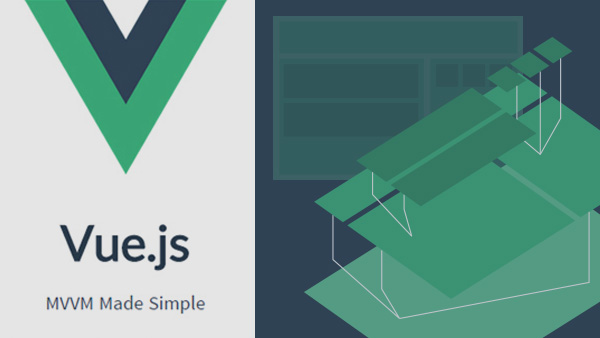
Introduction: This article introduces the communication (code) between peers of Vue.js components
5. In-depth discussion of Vue.js components and component communication

Introduction: This article mainly discusses in depth the relationship between Vue.js components and component communication. Information, interested friends can refer to
6. Vue.js component tree implements infinite tree menu

Introduction: This article mainly introduces the Vue.js component tree to implement the infinite tree menu code in detail. It has certain reference value. Interested friends can refer to
7. Take you to play with Vue.js components in minutes
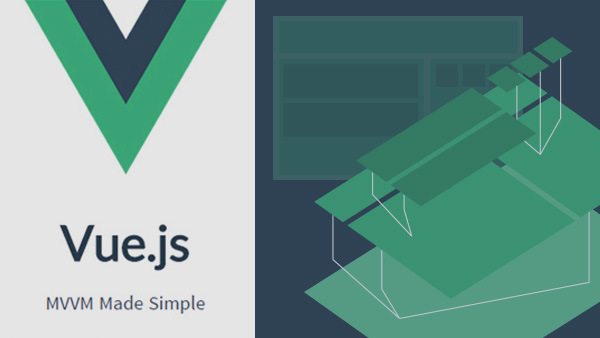
Introduction: Play with Vue.js components in minutes
8. Vue.js component usage and development example tutorial
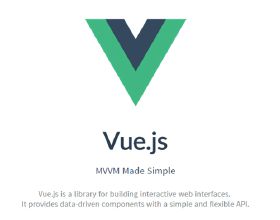
9.
Vue.js component tabs implements tab switching effect
Introduction: Vue.js component tabs implements tab switching effect [Related Q&A recommendations]: ##javascript - In the vue.js component-based development model, how to make the style only apply to this component and its sub-components. javascript - How to solve the problem of screen flashing when switching vue.js components javascript - Learn how to report errors using props attributes in vue.js components, follow the official instructions The document is written, but an error is reported javascript - vue.js componentization. How to introduce third-party plug-in js, such as rich text, cropping and other plug-ins? 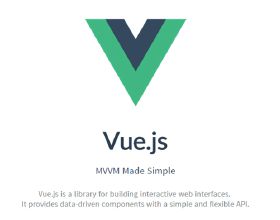
The above is the detailed content of What are Vue.js components? Summary of Vue.js component usage. For more information, please follow other related articles on the PHP Chinese website!

Hot AI Tools

Undresser.AI Undress
AI-powered app for creating realistic nude photos

AI Clothes Remover
Online AI tool for removing clothes from photos.

Undress AI Tool
Undress images for free

Clothoff.io
AI clothes remover

AI Hentai Generator
Generate AI Hentai for free.

Hot Article

Hot Tools

Notepad++7.3.1
Easy-to-use and free code editor

SublimeText3 Chinese version
Chinese version, very easy to use

Zend Studio 13.0.1
Powerful PHP integrated development environment

Dreamweaver CS6
Visual web development tools

SublimeText3 Mac version
God-level code editing software (SublimeText3)

Hot Topics
 1377
1377
 52
52
 How do I create and publish my own JavaScript libraries?
Mar 18, 2025 pm 03:12 PM
How do I create and publish my own JavaScript libraries?
Mar 18, 2025 pm 03:12 PM
Article discusses creating, publishing, and maintaining JavaScript libraries, focusing on planning, development, testing, documentation, and promotion strategies.
 How do I optimize JavaScript code for performance in the browser?
Mar 18, 2025 pm 03:14 PM
How do I optimize JavaScript code for performance in the browser?
Mar 18, 2025 pm 03:14 PM
The article discusses strategies for optimizing JavaScript performance in browsers, focusing on reducing execution time and minimizing impact on page load speed.
 What should I do if I encounter garbled code printing for front-end thermal paper receipts?
Apr 04, 2025 pm 02:42 PM
What should I do if I encounter garbled code printing for front-end thermal paper receipts?
Apr 04, 2025 pm 02:42 PM
Frequently Asked Questions and Solutions for Front-end Thermal Paper Ticket Printing In Front-end Development, Ticket Printing is a common requirement. However, many developers are implementing...
 How do I debug JavaScript code effectively using browser developer tools?
Mar 18, 2025 pm 03:16 PM
How do I debug JavaScript code effectively using browser developer tools?
Mar 18, 2025 pm 03:16 PM
The article discusses effective JavaScript debugging using browser developer tools, focusing on setting breakpoints, using the console, and analyzing performance.
 How do I use source maps to debug minified JavaScript code?
Mar 18, 2025 pm 03:17 PM
How do I use source maps to debug minified JavaScript code?
Mar 18, 2025 pm 03:17 PM
The article explains how to use source maps to debug minified JavaScript by mapping it back to the original code. It discusses enabling source maps, setting breakpoints, and using tools like Chrome DevTools and Webpack.
 How do I use Java's collections framework effectively?
Mar 13, 2025 pm 12:28 PM
How do I use Java's collections framework effectively?
Mar 13, 2025 pm 12:28 PM
This article explores effective use of Java's Collections Framework. It emphasizes choosing appropriate collections (List, Set, Map, Queue) based on data structure, performance needs, and thread safety. Optimizing collection usage through efficient
 TypeScript for Beginners, Part 2: Basic Data Types
Mar 19, 2025 am 09:10 AM
TypeScript for Beginners, Part 2: Basic Data Types
Mar 19, 2025 am 09:10 AM
Once you have mastered the entry-level TypeScript tutorial, you should be able to write your own code in an IDE that supports TypeScript and compile it into JavaScript. This tutorial will dive into various data types in TypeScript. JavaScript has seven data types: Null, Undefined, Boolean, Number, String, Symbol (introduced by ES6) and Object. TypeScript defines more types on this basis, and this tutorial will cover all of them in detail. Null data type Like JavaScript, null in TypeScript
 Getting Started With Chart.js: Pie, Doughnut, and Bubble Charts
Mar 15, 2025 am 09:19 AM
Getting Started With Chart.js: Pie, Doughnut, and Bubble Charts
Mar 15, 2025 am 09:19 AM
This tutorial will explain how to create pie, ring, and bubble charts using Chart.js. Previously, we have learned four chart types of Chart.js: line chart and bar chart (tutorial 2), as well as radar chart and polar region chart (tutorial 3). Create pie and ring charts Pie charts and ring charts are ideal for showing the proportions of a whole that is divided into different parts. For example, a pie chart can be used to show the percentage of male lions, female lions and young lions in a safari, or the percentage of votes that different candidates receive in the election. Pie charts are only suitable for comparing single parameters or datasets. It should be noted that the pie chart cannot draw entities with zero value because the angle of the fan in the pie chart depends on the numerical size of the data point. This means any entity with zero proportion




